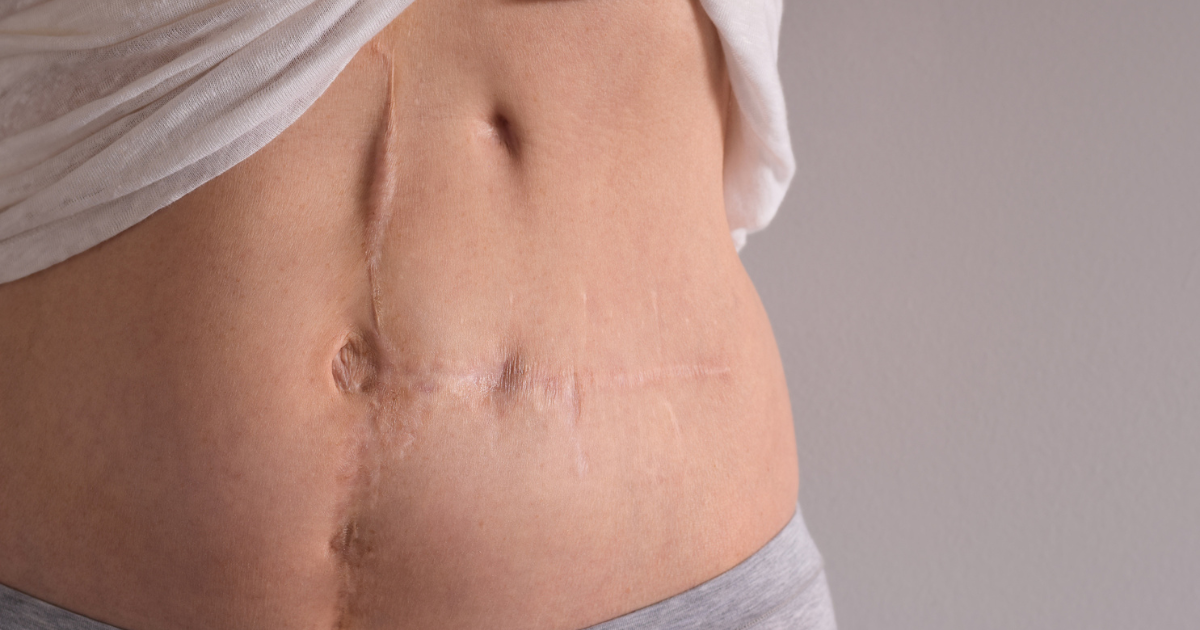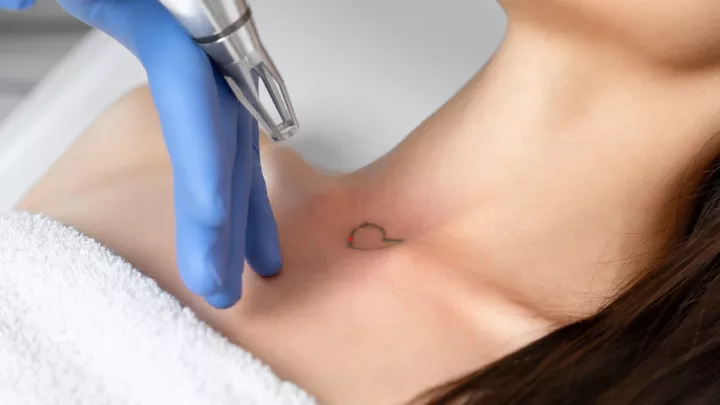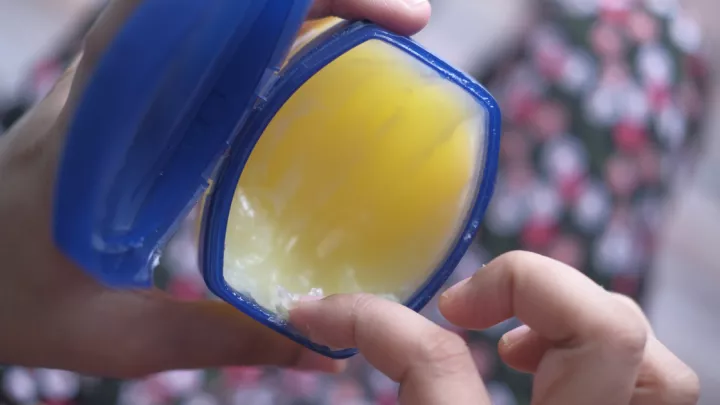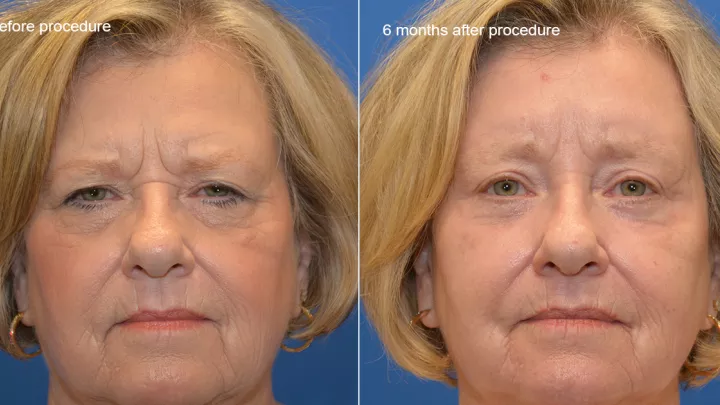You asked, we answered: Is it normal for a scar to hurt?

Question:
About one year ago, I got a few second-degree burns. They're healed now, but sometimes, when I wear clothes that touch the area, or sometimes just for no reason, the scars sting and hurt. Will this go away with time, or is it permanent?
Answer from Sean Figy, MD, reconstructive microsurgeon:
Scar tissue isn’t always painful, but it can be. Even after a wound has healed, there can still be pain and discomfort. Some of these symptoms include:
- Stinging
- Itching
- Sensitivity
- Throbbing
- Redness
- Inflammation or swelling
Second-degree burns, or partial-thickness burns, include some component of the dermis (the middle layer of skin). Because of that, some degree of permanent scar tissue is formed in the healing process. These burns always scar, but there are ways to minimize scarring and improve the appearance.
There are three phases of wound healing:
- The inflammatory reaction phase begins at injury and lasts up to four days. It includes clotting and constriction of blood vessels. White blood cells arrive to kill bacteria and heal the wound.
- The cell proliferation phase can start about three days after injury. It overlaps with the inflammatory phase and allows cells to produce new collagen and blood vessels.
- The posterior period or remodeling phase can last six to 18 months after injury. The collagen is increased, and tissues begin to strengthen.
Typically, when we think about scars, they can remain active during their remodeling. When scars do heal, they can cause aggressive healing where there’s too much healing. Excessive collagen can cause scar tissue.
Because nerve endings are associated with the dermis and epidermis (the top layer of skin), those are also injured in some partial-thickness burns, and that can take time for the nerves to re-educate or repair. In the healing process, some receptors are damaged and may fire abnormally. That can take a long time to improve. Still, there are different therapies to help with sensory re-education or re-training the brain to respond to signals differently. Damaged nerve endings send abnormal signals that cause stinging and pain.
Scar tissue doesn’t have the same flexibility, and those nerve endings may have been involved in the initial injury. Nonpainful stimulus giving you pain is abnormal because those damaged nerve endings are receiving signals incorrectly. As the scar remodels, the different collagen types are replaced to add strength, and the skin cells are repopulated.
There are nonsurgical and energy-based therapies to help with scar tissue pain:
- Physical therapy can break up scar tissue and reduce stiffness.
- Laser therapy promotes the growth of healthy collagen and decreases pain.
- Corticosteroid injections help with inflammation and pain symptoms.
- Scar massaging can break up the scar tissue with circular motions along the scar.







